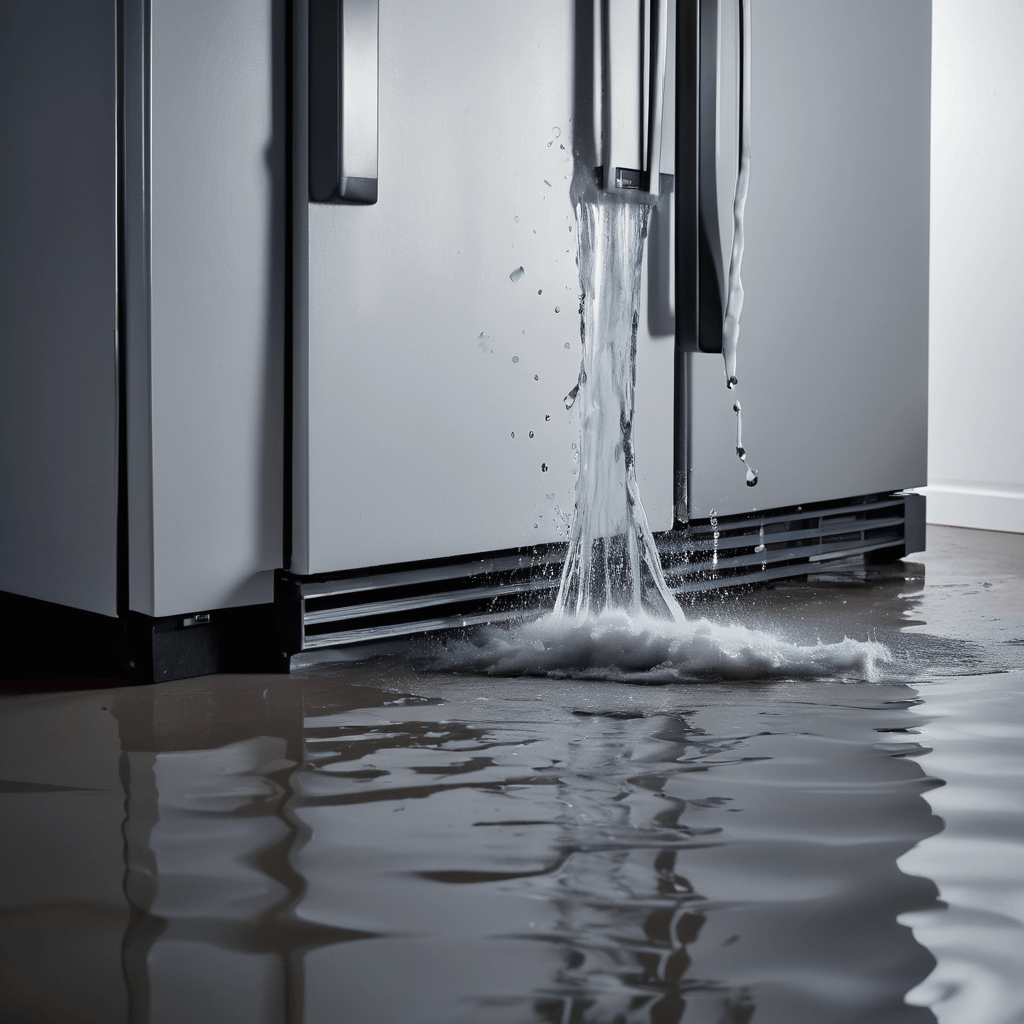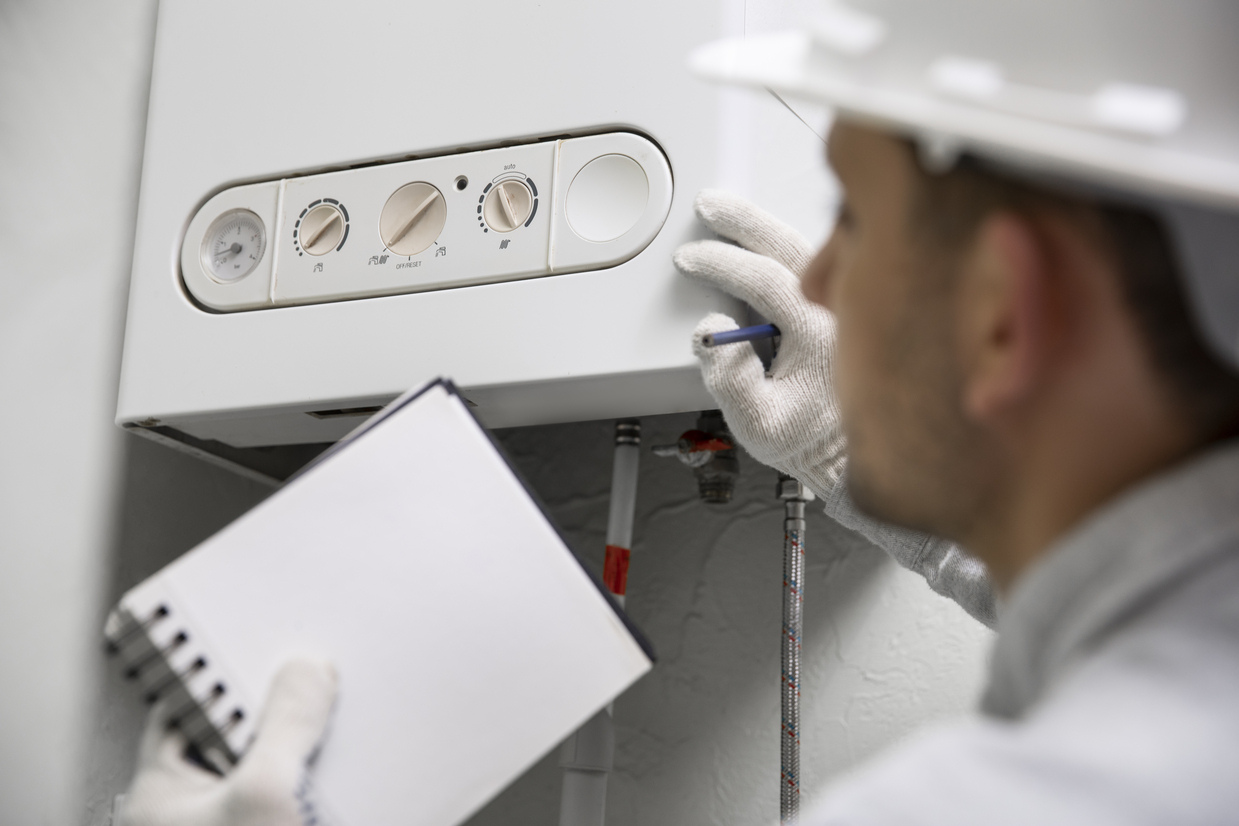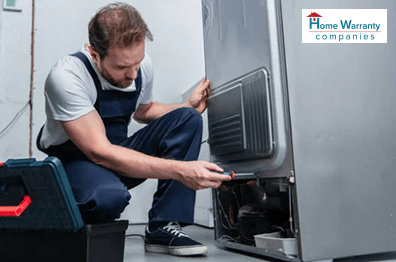Proven Tips And Tricks To Fix a Microwave That Won't Heat
Microwaves are easy-to-use and multipurpose appliances that heat and cook. They are designed to run smoothly for years, but often, they may start malfunctioning after accumulating some wear. That’s when they usually stop heating the food. So, how do you fix a microwave that won’t heat?
There are many ways to fix a microwave that won’t heat. In this article, we will tell you some of the possible ways to repair your microwave.

How To Fix A Microwave That Won’t Heat?
Before deciding what repairs it needs, you should be aware of the common reasons why your microwave is not heating.
- High Voltage Diode
The high voltage diode converts the transformer’s A/C power output to D/C. This doubles the voltage to approximately 5,000 volts. The high voltage then powers the magnetron, which in turn heats the food. If the diode becomes faulty or burns out, the magnetron won’t receive sufficient voltage and prevents the microwave from heating the food.
When the diode fails, it is usually visibly burned out. In such cases, you cannot repair the diode but rather replace it. However, if visible inspection proves inconclusive, test the diode with a multimeter.
How To Test A High Voltage Diode?
Follow the below-mentioned steps to test a diode using a multimeter.
Step 1. Turn off the power and unplug the microwave to avoid any electrical shock.
Step 2. Remove the cabinet and then discharge the high voltage capacitor.
Step 3. Locate and remove the voltage diode from the appliance and connect its terminals to the multimeter.
Step 4. After connecting the terminals, set the multimeter to Rx1 and check for continuity. Next, interchange the terminals and check for its continuity in the other direction.
When testing, the high voltage diode should show the continuity only in one direction. If the diode shows continuity in both directions or no continuity at all, then replace the diode. Don’t try to replace it on your own, instead, call a licensed technician.
- Magnetron
Another reason for microwaves, not heating, is the faulty magnetron. It is the most vital component of a microwave oven. The magnetron provides the microwaves that produce the heat. If a magnetron becomes defective, it stops the microwave from heating and blows a fuse.
If a magnetron is at fault, you have to replace it. Before replacing, it is wiser to check if this component is indeed at fault.
How To Test A Magnetron?
You can test a magnetron through the following steps.
Step 1 – Turn off the power and unplug the appliance to avoid electrical shock.
Step 2 – Remove the cabinet and discharge the high voltage capacitor.
Step 3 – Locate the magnetron and detach it from the appliance by disconnecting the attached wires.
Step 4 – Connect the ends of the magnetron to a multimeter and check for continuity. The component should show only 2-3 ohms of resistance.
If a magnetron shows no continuity, then it must be replaced.
Also, check for continuity between the magnetron’s grounded outer case and both terminals of the magnetron. If there is any continuity between the ground and terminals, the magnetron will need to be replaced.
If the continuity test does not reveal any defects, a live voltage test must be performed. This test can be quite risky, and hence only a qualified person should perform the test.
- Door Switch
A faulty door switch (or interlock switch) can be the reason why your microwave is not heating. These switches are found inside the cabinet and are activated by latches or hooks on the door.
When the microwave door is closed, the door switch provides power to the components of the microwave. And when the door is open, the power is interrupted.
But if the door switch fails, the magnetron too fails to operate. Note that faulty interlock switches won’t impact the operation of the stirrer motor or fan motor.
How To Test A Door Switch?
Some of the steps involved in testing an interlock switch are:
Step 1 – Turn off the power and unplug the appliance.
Step 2 – Connect its wires attached to normally open (NO) and common (C) to terminals to a multimeter and check for its continuity.
When the actuator button is depressed, the component should show continuity. If it shows no continuity, the door switch must be replaced. Besides the door switch, verify if the door hooks engage the switch actuator properly when the microwave door is shut. If not, adjust the hooks.
- High Voltage Capacitor
The high voltage capacitor, along with the high voltage diode, converts the A/C power output of a transformer to D/C voltage. This doubles the output voltage. But if the high voltage capacitor burns out, the entire voltage circuit will stop operation properly, which prevents the microwave from heating.
The only option here is to replace the defective high voltage capacitor. The capacitor, when faulty, looks burned out. If a visible inspection does not prove effective, use a multimeter.
How To Test A High Voltage Capacitor?
To determine if the capacitor is at fault, follow the below-mentioned steps.
Step 1 – Turn off the power and unplug the appliance to avoid any electrical shock.
Step 2 – Open the appliance’s cabinet to locate the capacitor and discharge it using a resistor.
Step 3 -Set the multimeter to capacitance. Connect the capacitor terminals to the multimeter and test for continuity.
If the multimeter shows continuity (beeps) and then stops, it indicates that the capacitor is working fine. If the capacitor shows no continuity or multimeter beeps continuously, it indicates that the capacitor needs to be replaced.
Closing Thoughts
Now that you know how to repair a microwave that won’t heat, fold your sleeves and get going. But if you are not confident about fixing the appliance on your own, take help from professionals.
You may also consider protecting your microwave in the longer run by buying a home warranty. Note that a home warranty will protect your appliance regardless of its age, make, and model.




